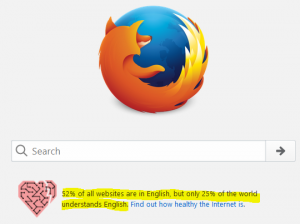After Hurricane Maria hit Puerto Rico, and the U.S. Virgin Islands, the ARRL asked for volunteers. They were relaying the request from the American Red Cross. I wanted to volunteer, but I lacked all the requirements. I never used WinLink and I haven’t done much HF work. In fact the only HF work I’ve done was at Field Day 2 years ago. Though I am familiar with the National Traffic System and have even successfully sent traffic to the West coast, and got a response back through NTS. But my experience wasn’t good enough, so I thought I’d fix that.
TL;DR: Read Personal Emergency Communications (links below the fold), by Andrew Baze. It was good book.
Pros: It was well thought out, and taught me a few things I didn’t previously know. It also gave me some ideas of where to fix my own emergency planning, outside of communications and introduced me to things I didn’t have in the last power outage I went through.
Cons: It is a little dated, and I would really like to see an update to some sections. Such as eXRS and scanners.
The information is still great. It gets someone thinking about comms and how they matter. A lot of what is discussed here, could easily be carried over in to non-emergency situations and improve company communications during cyber incidents. Especially focusing the items in the first section of the book, such as knowing who to call, and having a calling clock as to when to call them.
Read below for a more in-depth review
